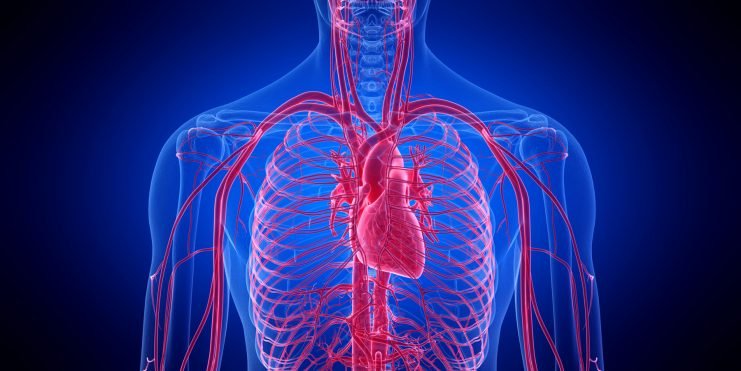Advertisment
Combination treatment appears optimal for high-risk elevated LDL patients

Article written by Bruce Sylvester
Researchers from a large European study, which included the UK, report that while patients are often able to reduce risks of cardiovascular events with statin therapy, high risk patients could benefit from combinations of lipid-lowering therapies.
The findings, presented at the virtual meeting of the European Society of Cardiology (ESC) 2020, were also published on Aug. 28, 2020 in the European Journal of Preventive Cardiology.
Professor Kausik Ray, Professor of Public Health at the School of Public Health, Director of the Imperial Centre for Cardiovascular Disease Prevention at Imperial College School of Public Health, London, UK, who led the DA VINCI study, said, “In order to tackle the burden of cardiovascular disease, a global approach is needed. After diet and lifestyle, cholesterol lowering with medications is a key approach to lowering risk of heart disease and strokes. Based on trial data we have compelling evidence that lower cholesterol levels benefit those at highest risk particularly.”
European Atherosclerosis Society (EAS)/ESC guidelines define “very high risk” patients as those with at least one of the following: Atherosclerotic cardiovascular disease (ASCVD), diabetes with target organ damage, familial hypercholesterolemia with ASCVD or another risk factor and patients with severe chronic kidney disease.
In 2016, the EAS/ESC goal for low-density lipoprotein (LDL) cholesterol among very high-risk patients was <1.8 mmol/L (<70 mg/dL). In 2019, these professional societies adopted new guidelines aimed at getting very high-risk patients to reduce their LDL cholesterol by at least 50% and reach <1.4 mmol/L, or <55 mg/dL. High risk patients got a new target of <1.8 mmol/L (<70 mg/dL).
The Da Vinci investigators reviewed data on 5,888 subjects, including 2,794 diagnosed with ASCVD. From the ASCVD sub-group, 1,036 were also diagnosed with peripheral artery disease.
The mean age of all subjects was 69 years.
Comorbidities with PAD included diabetes (46%), hypertension (78%), smoking (77%), coronary vascular disease (26%), and cerebrovascular disease (12%).
Investigators reported that 48% the PAD subjects were being treated with a moderate intensity statin (497 of 1,036), and 421 were taking a high-intensity statin (41%).
Among these same subjects, 818 (73%) had achieved a median LDL of 2.20 mmol/L. Forty percent (326 of 818) achieved an LDL of 1.8 mmol/L. And just 19% (159/818) achieved the 2019 guideline LDL goal of 1.4 mmol/L.
Ray added, “Though statins are first line treatment, it is clear from our contemporary study that statins alone even when optimally used will not help the majority of patients achieve European Society of Cardiology cholesterol goals. Only one in five very-high risk patients achieve 2019 recommended goals and to improve this will require use of combination therapy of more than one drug.”
Two PCSK9 inhibitors, evolocumab and alirocumab were approved by FDA and European regulators in 2015, after clinical trials showed an ability to reduce LDL cholesterol up to 60%.
6“Currently less than 10% of very-high risk patients in Europe receive some form of combination therapy, 9% with ezetimibe and 1% with PCSK9 inhibitors,” Ray noted.





